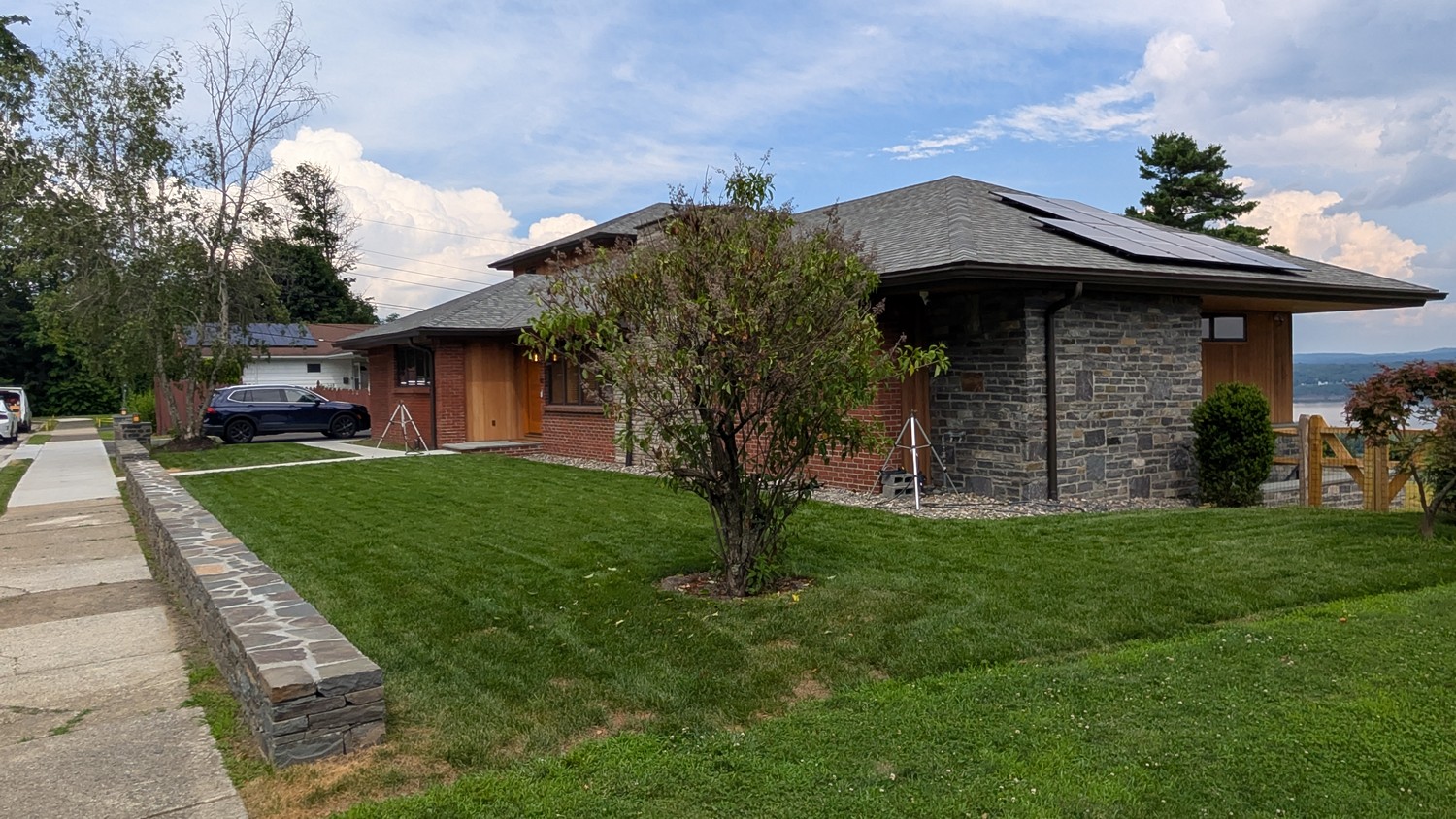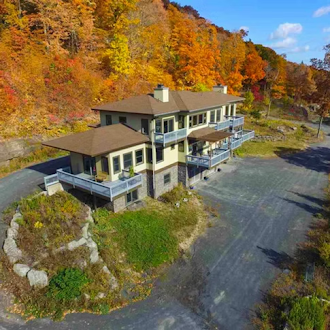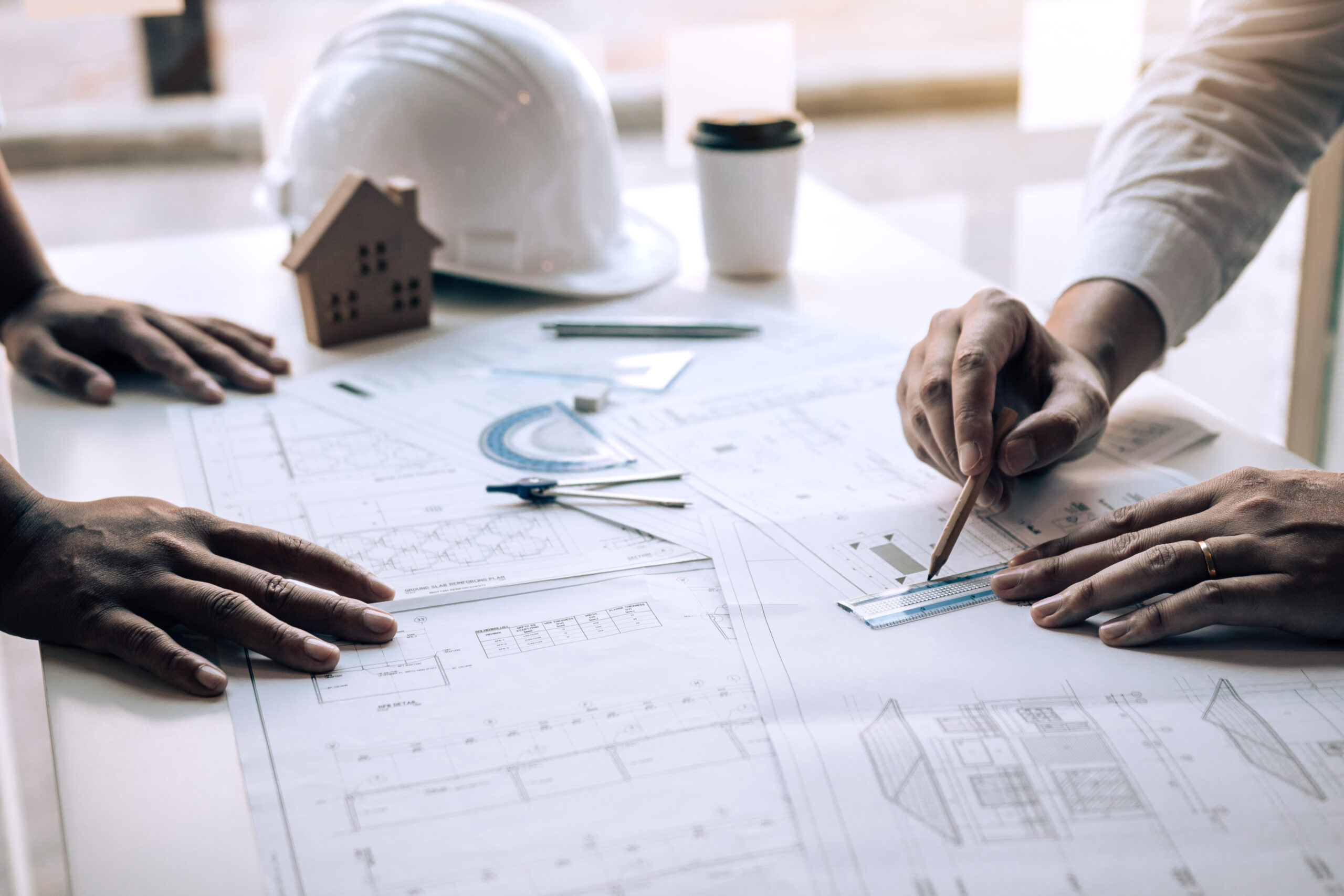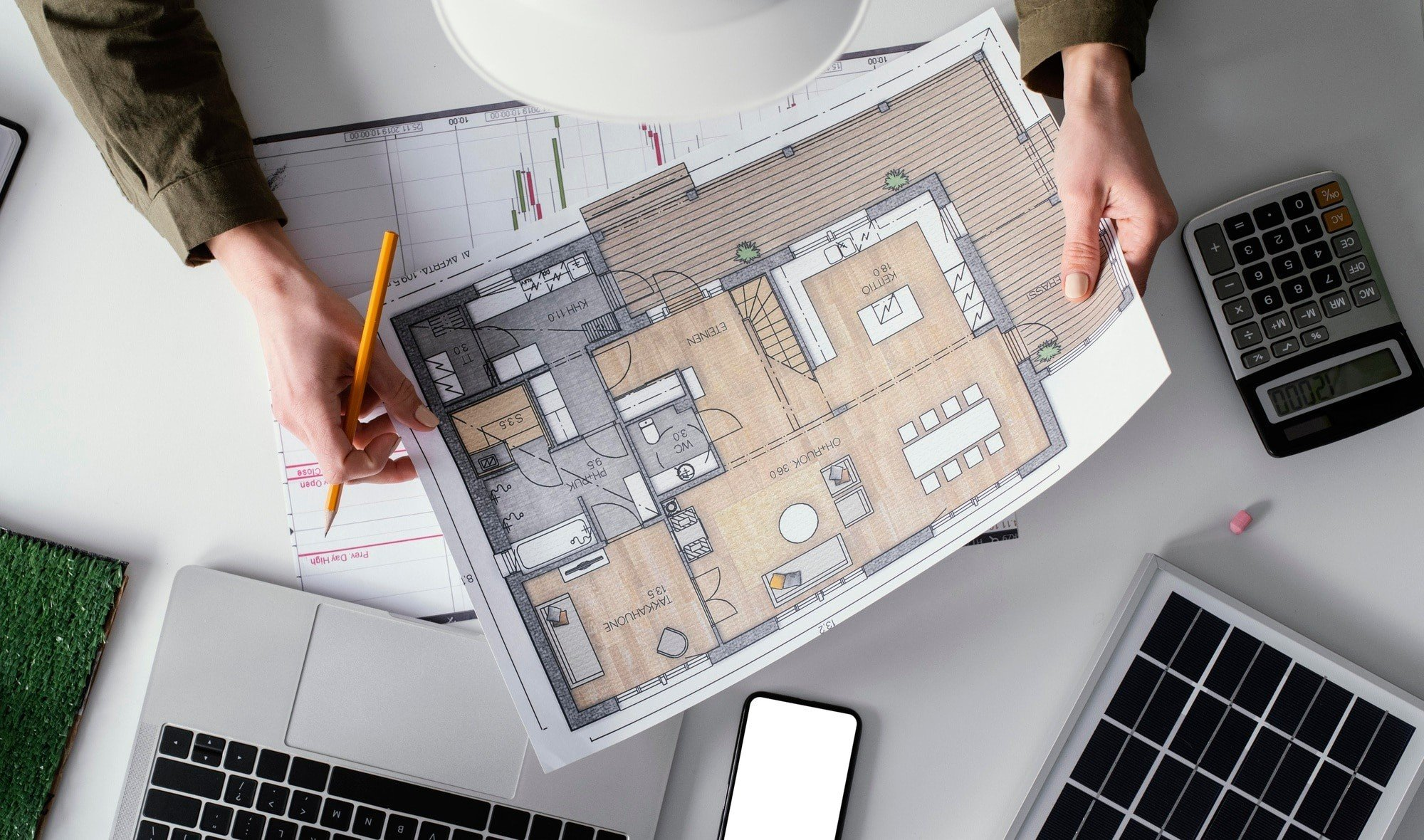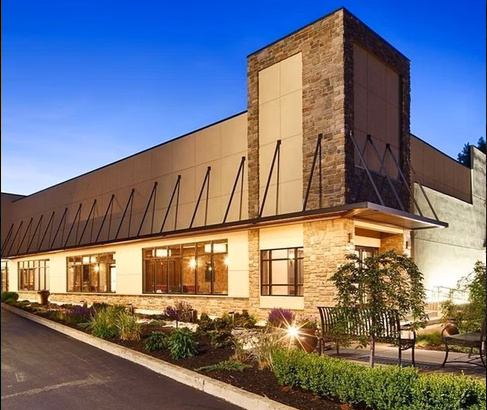We believe that in custom residential architecture, the difference is never in the grand gestures alone, it’s in the details. It’s in the careful choices that influence how a space feels, the site-specific solutions that respect and enhance the land, the materials that connect with both history and modern living, the way things meet, the way things breathe, the way they endure through time. Every corner, every junction, every texture is an opportunity to create meaning.
When you engage us for Hudson Valley residential architecture, we don’t just design buildings; we shape places, lives, landscapes. Each home is considered as part of its broader environment, responding to light, season, and topography with sensitivity. Our work is not only about structures but about experiences, moments of comfort, beauty, and belonging that emerge from thoughtful design.
Over the years we’ve learned that homes that truly work for you, that last, that delight, are those where attention to detail is not an afterthought—but essential from Day One. This philosophy guides every stage of our process, from the first sketch to the final finishing touches. By investing deeply in the details from the outset, we ensure that the architecture supports daily living while also standing the test of time, both functionally and aesthetically.
The Ground We Build On: Terrain, Climate, and Local Constraints
When you own land here, in Kingston, Ulster County, or anywhere in the Hudson Valley, you’re inheriting more than soil. You’re inheriting slope, soil type, water flow, sun paths, snow load, wind direction, freezing and thawing cycles, and regulatory patterns. All of that impacts what works and what doesn’t.
Designing with this awareness is not about overcoming obstacles, it’s about listening to the land and working with its natural logic. A steep slope may inspire terraced foundations or cantilevered decks that capture views while minimizing disturbance. Soil type dictates how we approach drainage, foundations, and landscaping, ensuring durability as well as sustainability. Water flow patterns tell us where to welcome or redirect runoff, protecting both the home and the surrounding ecosystem.
The Hudson Valley climate adds another layer of complexity. Sun paths shift dramatically across the seasons, meaning the placement of windows and shading devices can drastically affect comfort and energy efficiency. Snow load requires roofs designed not just for strength, but also for graceful shedding. Wind direction and intensity shape how we consider orientation, insulation, and natural ventilation. And the freeze-thaw cycles, inevitable in Ulster County, demand materials and details that can expand and contract without failure.
Then there are the human-made constraints: zoning ordinances, conservation easements, and local design guidelines that vary town by town. Far from being limitations, these frameworks can inspire creativity, pushing us to think more carefully about proportion, scale, and integration with the cultural and historic character of the Hudson Valley.
In custom residential architecture, these conditions are not problems to be solved but starting points for design. They are the givens, the rules of the site, and when embraced thoughtfully, they transform into opportunities for beauty, resilience, and authenticity.
Terrain & Topography
A site with steep slope demands different foundations, drainage, and often more earthwork. If we don’t pay attention to how water moves downhill, you can get ponding, frost heave, and long-term drainage issues that compromise both structure and landscape. We’ve had projects where early grading was done without careful connection to the forested edge, and water would sheet across the slope, undermining paths, planting areas, and even foundation drainage. These lessons reinforce a simple truth: the land will always find its way. Our role as architects is to anticipate those movements and design foundations, retaining strategies, and grading patterns that work with the slope instead of against it.
Thoughtful topography design also shapes how people move through a property. Terraces, retaining walls, and stair systems can turn steep ground into a sequence of outdoor rooms, while subtle grading can create smooth transitions between house, garden, and natural landscape. When handled carefully, these moves don’t just solve engineering problems, they create opportunities for beauty and flow.
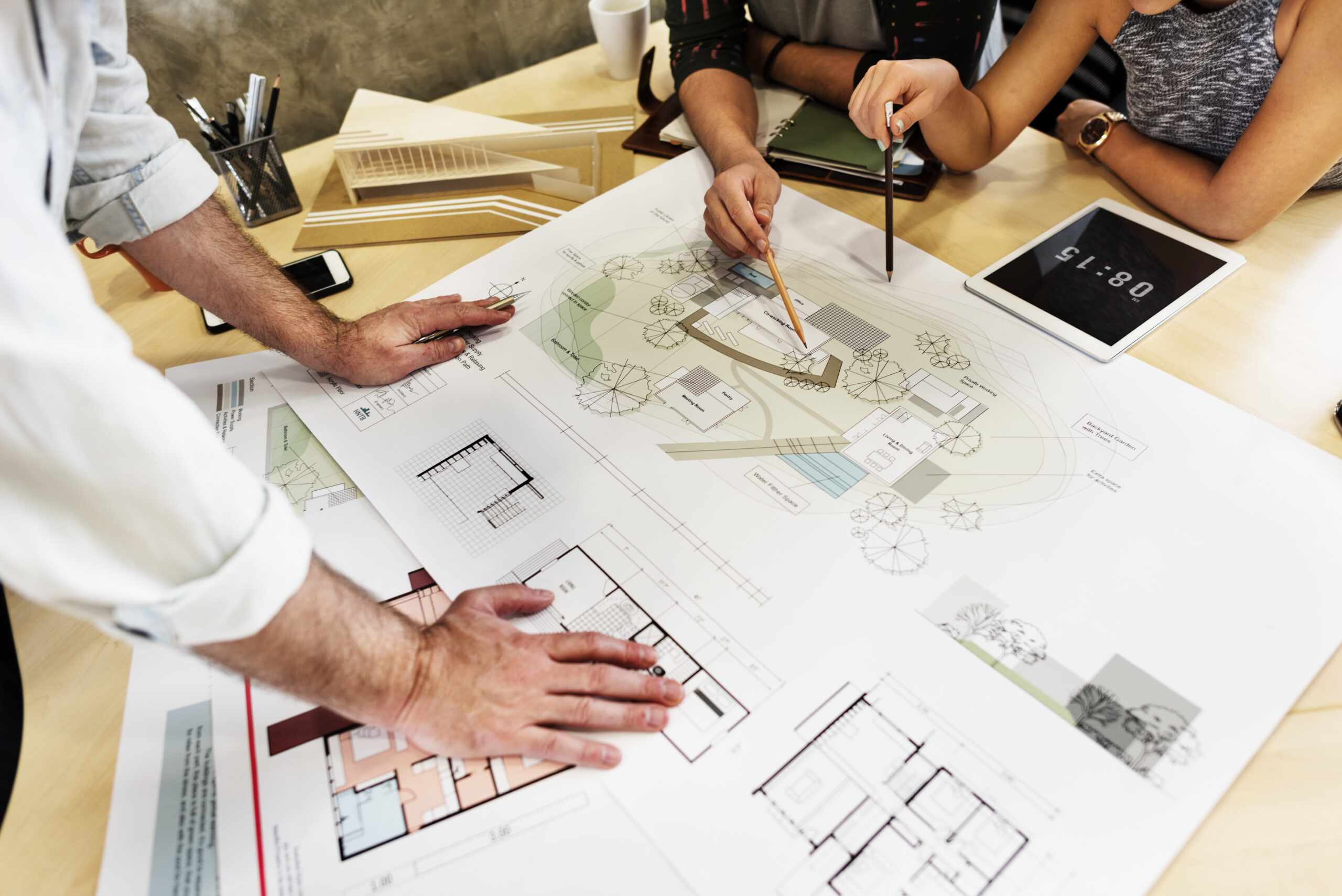
Views and Orientation
Part of what makes a Hudson Valley home special is its relationship to the land—the river views, the Catskills ridges, the changing light at dawn and dusk. Architecture here isn’t just about enclosing space; it’s about framing experience. Window placement, overhang depths, and shading elements all become tools for shaping that relationship.
For example, south-facing glazing can bring light and passive solar gain in winter, reducing reliance on mechanical heating. But without proper shading, glazing ratios, or thermal design, the same windows can overheat the home in summer. Similarly, clerestory windows can capture sky views and diffuse daylight, while deep overhangs protect interiors from glare and excessive heat. The smallest decisions, orientation of a room, height of a sill, angle of a roof, can transform the way a house feels over time.
When we design in the Hudson Valley, we see orientation as a dialogue: between the built form and the natural landscape, between comfort and performance, between shelter and openness. Done right, it ensures a home not only sits on the land, but belongs to it.
Seasonal Conditions & Materials
Winters here are cold, with snow, ice, and constant freeze-thaw cycles. Summers are warm, often humid, with sharp temperature swings between day and night. Materials expand, contract, and move in response to these shifts. If you don’t account for movement joints, proper flashing, and quality envelopes, you get leaks, rot, thermal bridging, and uncomfortable drafts that compromise both durability and energy efficiency. Designing for seasonal change is not an afterthought in the Hudson Valley, it is a baseline condition.
Architectural detailing must anticipate the push and pull of weather. Roof assemblies must shed snow without creating ice dams. Foundations must stay insulated and dry through saturated spring soils. Ventilation strategies must balance summer humidity with indoor comfort. Even small lapses in building science here quickly reveal themselves in costly repairs, which is why every line we draw considers performance across all four seasons.
Local Materials
The palette of the Hudson Valley is as much a technical resource as it is an aesthetic one. Stone, wood species, metal, and brick are not just design gestures, they’re proven responses to local climate and culture. Using what’s durable locally often pays off in longevity and authenticity.
Certain wood siding species, for example, perform well in damp winters, resisting rot and weathering gracefully. Roofing materials must do more than look beautiful; they must shed snow effectively, withstand ice, and tolerate heavy rains without degradation. Metals need protective finishes to endure cycles of condensation and drying, while brickwork demands careful detailing to avoid moisture absorption during freeze-thaw periods. Even exterior finishes must be selected with awareness of high sun angles, ensuring they don’t degrade under intense UV exposure.
Choosing local materials also means tapping into the character of place. A fieldstone wall feels like it has always been part of the landscape. Wide-plank wood flooring sourced from regional mills carries the warmth of local forests. Brick or bluestone pathways connect new architecture to centuries of Hudson Valley building tradition. By working with these materials thoughtfully, homes not only withstand the seasons, they belong to them.
Permits, Zoning & Local Regulations
Each town in Ulster, Dutchess, or Greene County has its own code, zoning requirements, and setback rules, often layered with overlay districts such as historic preservation zones, watershed protections, or agricultural easements. What one neighbor can build, another cannot. Before we draw a single line, we need to understand exactly what the local regulations allow: building height, footprint, lot coverage, impervious surface limits, septic placement, storm-water management requirements, and more. These aren’t just legal hurdles; they are fundamental parameters that shape the design from the start.
A project that ignores these realities risks costly redesigns or delays later on. For example, exceeding impervious surface limits can trigger engineering studies or mitigation measures; placing a home too close to a setback line may require a zoning variance; overlooking watershed restrictions can halt a project entirely. By analyzing zoning and permitting conditions at the very beginning, we align ambition with feasibility, ensuring a smoother path forward.
Permit Timelines
One of the most common surprises for clients is how long permit approval can take. While some permits are straightforward, others require layers of review, site plan approval, public hearings, environmental assessments, or even input from neighbors. We’ve had clients expect to break ground in weeks, only to learn that site plan review adds several months to the timeline.
Details in the early drawings often determine how extensive those reviews become. Erosion control, grading, storm-water strategies, landscaping, exterior lighting, all of these can trigger additional questions from planning boards or environmental committees. A poorly documented drainage plan, for example, can stall approvals for weeks. On the other hand, a clear and thorough set of drawings can streamline the process, minimizing rounds of comments and revisions.
Because of this, we treat permitting not as an administrative afterthought but as an integral part of design. By anticipating regulatory concerns, coordinating with local boards, and addressing potential red flags early, we reduce uncertainty and help clients move from concept to construction with confidence.
Performance & Comfort Start with the Fine Points
When most people think “good architecture,” they think “looks great.” But real comfort and lasting performance come from fine detail.
Building Envelope & Energy Efficiency
- We work with energy‑efficient house plans that emphasize airtightness, insulation, and high‑performance windows. A well‑sealed envelope reduces energy loss, keeps drafts away, and improves comfort. In cold months, that means avoiding costly heat loss; in warmer months, resisting heat and humidity.
- Passive House / PHIUS standards: These climate‑specific standards demand rigorous detail, minimal thermal bridges, calibrated insulation, ventilation with heat (and moisture) recovery, etc. (energy.gov)
When we design to those standards, every joint, every flashing, every connection has to be carefully considered. - Zero Energy Ready Homes: Starting from efficiency before adding renewables makes a big difference. The U.S. Department of Energy’s Zero Energy Ready Home program shows that prioritizing performance up front gives durability, health, and reduced energy bills. (energy.gov)
Daylight, Views, & Indoor Environmental Quality
Daylight is about more than brightness, it’s orientation, window sizing, shading, and glazing type. It influences how a room feels at 4 p.m. in December versus noon in July, how shadows move across a wall, and how interior spaces connect with the rhythms of nature. Thoughtful daylighting reduces the need for electric lighting, improves mood, and anchors daily life to the passage of the seasons. A well-designed window wall, skylight, or clerestory is not just functional, it’s experiential, shaping both comfort and atmosphere.
Views, privacy, and the way a building frames the landscape are equally critical. Small adjustments in window location or proportion can transform everyday experiences: whether you see tree trunks or treetops when you sit in your living room, whether you wake up to a glimpse of river light or forest canopy, whether your kitchen connects outward to a garden or inward to a courtyard. The architecture mediates between openness and refuge, balancing expansive views with the intimacy of privacy.
Ventilation and air quality form the third pillar of indoor environmental quality. Even the most beautiful house can feel stuffy or unhealthy if mechanical systems, air sealing, and moisture control are not addressed with care. Proper ventilation strategies, whether through high-performance mechanical systems or operable windows designed for cross-breezes, ensure comfort while reducing risks of mold, condensation, and pollutants. Materials also play a role: low-VOC finishes, natural woods, and breathable assemblies contribute to healthier interiors.
When all of these elements come together, daylight, views, ventilation, and material health, the result is a home that doesn’t just look good, but feels alive. The spaces respond to time, season, and climate, creating an environment where well-being and architecture are inseparable.
Case Studies & Local Examples: When Details Made the Difference
We’ve been fortunate to work on homes that illustrate how small decisions become foundational. In custom residential architecture, success often comes down to the choices that are invisible to most, but that shape comfort, durability, and connection to place for decades.
Case Study: The Ulster County Passive Retreat
In this project, the owner loved the expansive views of the Catskills and wanted a weekend retreat that felt sheltered in winter but open and light-filled in summer. Every design move was guided by this dual vision: protection and openness.
- Envelope & Daylighting: We used triple-pane glazing for south, east, and west windows, paired with overhangs precisely sized to shade high summer sun. This combination allowed for passive solar gain in winter while preventing overheating during warmer months. The result is a living space that feels tuned to the rhythm of the seasons.
- Structure & Materials: Heavy timber roof rafters were built from locally milled white oak, grounding the home in the rustic vernacular of the Hudson Valley. To balance tradition with performance, we incorporated modern metal flashing and snow guards so winter snow slides safely, avoiding dangerous ice dams. The blend of regional craft and modern detailing ensures both beauty and resilience.
- Foundation & Drainage: A foundation detail raised floor slabs above natural spring lines, preventing moisture infiltration. Stone retaining walls, crafted from local geology, anchor the home visually while channeling water safely downhill. This not only protects the structure but integrates it seamlessly with the surrounding terrain.
- Interior Health & Finishes: Finish selections leaned toward low-VOC paints, natural woods, and surfaces designed to age gracefully rather than degrade. These materials contribute to indoor air quality, reduce maintenance, and create a lived-in warmth that will only improve with time.
The result: a home that remains quiet and thermally stable year-round, with energy bills far lower than comparable homes of identical volume in the region. For the client, the real success was less about efficiency statistics and more about daily experience, sitting by the fire in January, watching snow fall on the Catskills through perfectly framed windows, without a draft or a sound intruding.
Case Study: Custom Renovation in Kingston (Historic District)
This project, located in one of Kingston’s historic districts, brought a unique challenge: honoring the strict preservation requirements of a historic home while upgrading it for modern comfort, performance, and long-term durability. The goal was to achieve a seamless blend, where the house would read as authentically historic from the street, yet perform like a contemporary high-efficiency residence on the inside.
- Respecting Historic Character: Every exterior decision was filtered through the lens of historic proportion and detail. We carefully matched siding profiles, window sash dimensions, muntin patterns, and cornice shapes to align with the original architecture. Roof pitch and trim details were reproduced to meet district guidelines, ensuring the home remained visually coherent within its historic streetscape.
- Hidden Modern Upgrades: Behind the authentic historic cladding, we layered modern insulating sheathing to create a high-performance envelope. Thermally broken window frames were integrated into period-accurate sash designs, providing significant gains in thermal performance without compromising aesthetics. Interior wall assemblies, which historically contained no insulation, were rebuilt with modern systems that deliver comfort year-round.
- Attention to Water Management: One of the greatest risks in historic renovations is moisture infiltration. We invested in meticulous flashing details, gutter integration, and weep paths to control water movement and prevent long-term decay. Each joint, overlap, and termination was carefully documented and supervised during construction to ensure durability.
- Outcome: The finished home looks entirely of its time, respectful, proportional, and authentic to its historic neighbors. Yet it lives like a modern residence: quiet, energy-efficient, comfortable in both winter and summer, and protected against the issues that often plague older homes.
For the clients, this balance of preservation and innovation meant they could live in a piece of Kingston’s history without sacrificing the conveniences and performance standards of a contemporary house.
Design Process: Where Details Are Embedded, Not Bolt‑Ons
We follow a fully custom architectural approach, our process is built so that details are part of every phase, not something tacked on at the end.
Early Design & Schematic Phase
- Listening to you: how you live, what you value, do you love big windows, or prefer cozy mornings? Sunlight, dusk, cold, heating, airflow? From Day One these preferences guide window orientation, roof form, site placement.
- Site analysis: we map sun paths, shadows, wind, views, soil, slope. This analysis informs decisions on overhangs, orientation, glazing size, insulation type, and even build sequencing.
- Materials exploration: exploring what is available locally, what performs well, what costs realistically given current supply. We’re careful that materials match detail expectations: flashing materials, cladding, interior trim, hardware, all these make a difference.
Technical Design & Documentation
- Working drawings with detail sections: eaves, overhangs, junctions (where roof meets wall, wall meets foundation, window frames meet siding). Each detail drawn, specified, and coordinated.
- Specifying performance: U‑values, R‑values, air tightness targets, moisture control, ventilation specs. If we’re doing a Passive House or very energy‑efficient house, these specs are non‑negotiable.
- Coordination among consultants (structural, mechanical, envelope, landscape) so that every detail works together. For instance, roof overhangs need structural support, mechanical vents need to be located so as not to compromise thermal continuity, landscaping grading must not disrupt drainage.
Construction & Oversight
- On‑site review: the best plan means little if execution doesn’t match. We visit, inspect, check that flashing is installed correctly, that insulation is continuous, that air barrier is properly sealed, that finish carpentry meets specification.
- Trade coordination: ensuring that framers, roofers, masons, siding contractors, window installers all understand the detail goals. Small miscommunications can lead to leaks, rotting, thermal bridging.
- Mockups and material samples: seeing and touching materials in place helps insure desired looks and performance. For example, mockups for siding joints and window trims so you, we, and the builder are confident in how shadows fall, how water sheds.
Balancing Cost, Timeline, and Detail
We want you to understand what detail costs, when it adds to timeline, and when it pays back—and when it’s “nice to have” vs essential.
- Upfront vs lifecycle cost: higher‑performance windows, better insulation, better air barrier materials add to initial cost. But lower energy use, lower maintenance, fewer repairs usually offset those over years.
- Timeline considerations: more detail means more design and documentation time, possibly more time in permitting. Also longer lead times for custom materials or higher‑performance components (windows, mechanical systems). Starting early, making decisions early, helps avoid delays.
- Prioritization: we often work with clients to decide: which details add greatest value (comfort, performance, resale, durability), and which are optional or aesthetic extras. That ensures budget is focused where it matters most.

Hudson Valley residential architecture
Credentials, Values, & Our Commitment to Detail
We are PHIUS Certified Passive House Consultants and Tradespersons (or have worked with them), and that informs how we think about performance detail, even when a project is not formally certified, we often follow many of those principles. We bring decades of experience doing custom home design services in the Hudson Valley, always seeking solutions that feel local, honest, built to last.
Our values include:
- Transparency: we share what certain choices cost, what trade‑offs are, what maintenance looks like.
- Collaboration: you are part of the design decisions; we don’t make you choose blindly; we explain options.
- Use of local resources: craftspeople, materials, references to local vernacular; but always balanced with modern performance and durability.
- Ethical design: minimizing waste, using sustainable practices, respecting site, watershed, ecosystems, views.
Why These Details Matter for You
When we do all this well, here are the real outcomes you’ll get:
- A home that’s comfortable year‑round: less draft in winter, cooler in summer, healthy air, fewer hot or cold spots.
- Lower running costs: energy bills, maintenance, repairs.
- Longevity: fewer problems with leaks, rot, thermal bridging, water damage.
- Beauty and satisfaction: that feeling when light falls just right, when the house feels calm, harmonious with the land.
- Resale value: buyers notice craftsmanship, performance, comfort, material integrity.
What to Look for When Choosing an Architect or Contractor
You deserve to ask good questions, these are the details you should ask about, and we’re always transparent in answering:
- Can you share sample detail drawings (eaves, window‑to‑wall junctions, flashing, overhangs)?
- What performance targets do you design toward (insulation R‑values, air leakage, window U‑values, etc.)?
- How do you handle local code and permit challenges? Do you deal often with the municipalities in Ulster County, Kingston, etc.?
- Who will inspect on site, and how often? How will you ensure that the execution matches the design?
- What kind of materials are you specifying, where are they sourced, how do they perform in our climate?
- How do you approach trade coordination, mockups, and finish details (trim, hardware, paint, etc.)?
What Details Are Especially Significant in the Hudson Valley / Kingston Context
Because our region has its own demands, some details are more crucial here than in many other places.
- Snow load + roof pitch + snow guards: our winters can be heavy. Without proper detailing of roof edges, snow melt, snow accumulation, you can get ice dams, damage.
- Thermal bridging at foundations and where house meets porch or deck: freezing cycles, moisture intrusion, rodents.
- Drainage and stormwater: our soils, slopes, and rainfall patterns mean water behavior is unpredictable. Details in grading, foundation waterproofing, gutters, downspouts, site landscaping, pervious vs impervious surfaces matter.
- Preservation and context in historic districts: matching proportions, roof lines, material textures, color palettes; while ensuring modern performance so you don’t suffer from outdated windows or insulation.
- Sunlight and shading: deciduous trees help shade in summer but drop leaves that affect roof and gutter maintenance. Overhangs, shutters, shading devices, orientation to avoid glare while capturing light.
If you’re considering a project, whether it’s a new home, a restoration, or an addition, we’d love to talk through how these details apply to your site, your vision. Have a site you’re considering? We’d love to see it. Reach out to us if you’re ready to explore what’s possible on your land.
Thinking about your own project? Let’s talk.
References & Further Reading
- U.S. Department of Energy: Zero Energy Ready Home Program: requirements and benefits of designing homes for high efficiency and durability.
- Passive House Institute US: standards for climate‑specific passive building, energy performance, and whole‑home comfort.
- U.S. Department of Energy: Passive Solar Homes design guidance.

